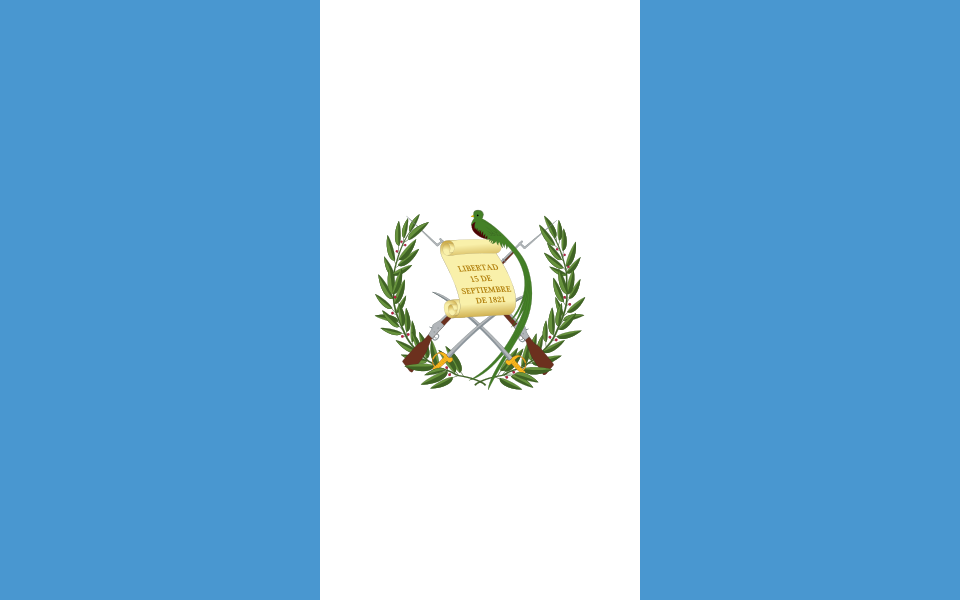They are walking through deep mud, heads stooped in concentration. On their backs rest large wooden boxes, strapped to their bodies with rope. At first glance, the people look like tired travelers, heading home with quotidian belongings. One person, one box. On closer inspection of the photograph (taken by award-winning photographer James Rodriguez), it becomes clear that the boxes are coffins. This is Guatemala — where, while months-long street protests led to the resignation of President Otto Pérez Molina last week, a different chapter in the lives of hundreds of ordinary Guatemalans has been coming to a close.
Inside the coffins are the exhumed remains of family members who died up to forty years ago.
In September the United Nations Development Program announced that, since 2002, the remains of 200 people who were forcibly ‘disappeared’ during Guatemala’s civil war have been identified and reunited with their family members. The process involves locating and exhuming bodies, and building a genetic database to identify victims. Since 2002, UNDP has provided funding to the Guatemalan Forensic Anthropology Foundation and the Public Prosecutor’s office to carry out these investigations to address the legacy of the 36-year conflict.
But what role do these exhumations and reunions play in bringing justice to Guatemalans?
Guatemala’s civil war took place between 1960 and 1996 in a series of waves of military rule, guerilla-led insurgency, coups, and state terror that claimed the lives of over 200,000 civilians. The motor of war was conflict between leftist movements, who flourished in the context of rampant agrarian capitalism and oppression of the indigenous Mayan population, and counter-revolutionary forces, often backed by the United States.
A scorched-earth policy in the 1980s in the Mayan highlands aimed to destroy guerilla heartlands — in one village, Las Dos Erres, military soldiers beat children to death and forced pregnant women to miscarry. Eventually all 162 inhabitants were killed. Members and non-members of armed groups were targeted by the military — it is during this period that most of the ‘disappearances’ happened. Over 45,000 men and women were detained by security forces and never seen again. The UN Truth Commission for Guatemala later concluded that 93% of wartime human rights violations had been committed by the state (3% by guerillas) — 83% were against Mayans.
The war finally ended in 1996. But many leaders remained immune from prosecution and Truth Comission reports documenting state responsibility for war crimes, including genocide, were rejected by the government. Eventually in 2013, former President José Efraín Ríos Montt was convicted by a Guatemalan court for genocide and crimes against humanity. However, the Constitutional Court overturned the conviction and in July 2015 Ríos Montt was found unfit for trial.
Against this backdrop of elusive justice, the process began to attempt to reunite families and communities with their disappeared loved ones. The investigations so far have also made key contributions to criminal investigations by the Human Rights Division of the Public Prosecutor’s Office. In 2012 a former military base in Coban yielded at least 535 remains of victims, many of which were found blindfolded, gagged or with hands and feet tied.
Observers of this program, and similar programs around the world, are divided about its impact. Some accuse campaigners for justice of digging up the past and opening old wounds that might foster further division. Others argue that political and civil development can never advance without addressing these core social fractures. For families of victims, a reunion with the bodies of loved ones can answer what became a decades-old question, ‘are they still alive?’. But with just 200 victims identified, it is a slow process.
There are some signs in Guatemala that impunity is coming to an end and that history is finally in the hands of ordinary Guatemalans. President Perez Molina had been deeply implicated in the marriage of military and state that terrorized Guatemalans for so many years — His resignation last week following intense citizen protests was, as veteran reporter on Guatemala Francisco Goldman said, a day of hope.
